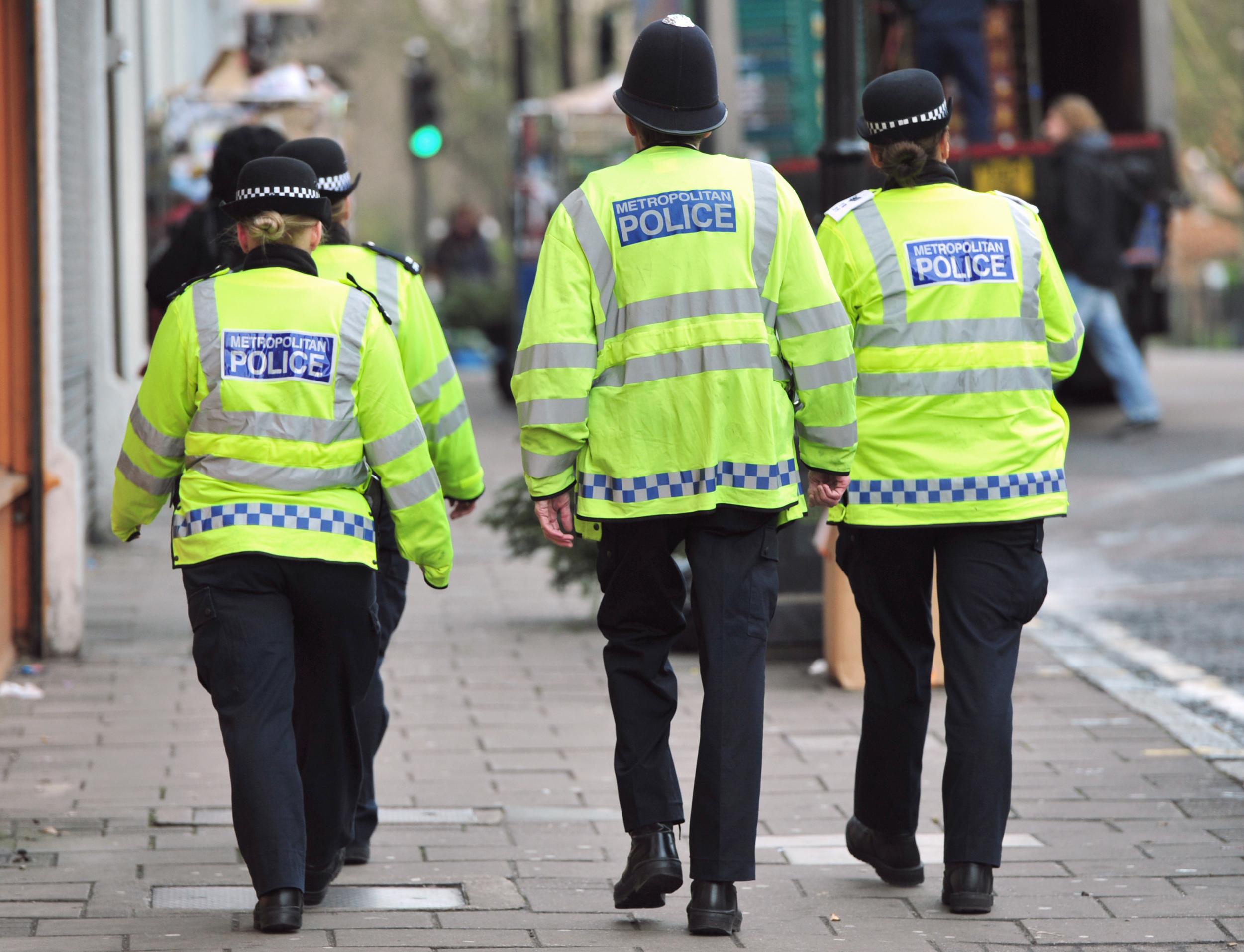Violent and serious crime rates triple, according to new Government index
Measure classes offences by severity of harm caused to individuals or society

Your support helps us to tell the story
From reproductive rights to climate change to Big Tech, The Independent is on the ground when the story is developing. Whether it's investigating the financials of Elon Musk's pro-Trump PAC or producing our latest documentary, 'The A Word', which shines a light on the American women fighting for reproductive rights, we know how important it is to parse out the facts from the messaging.
At such a critical moment in US history, we need reporters on the ground. Your donation allows us to keep sending journalists to speak to both sides of the story.
The Independent is trusted by Americans across the entire political spectrum. And unlike many other quality news outlets, we choose not to lock Americans out of our reporting and analysis with paywalls. We believe quality journalism should be available to everyone, paid for by those who can afford it.
Your support makes all the difference.The number of serious and violent crimes in England and Wales has increased by more than three times when measured with a new crime severity index.
The findings, published by the Office for National Statistics (ONS) showed crimes weighted by the harm they cause society and individuals rose by nearly 17 per cent over the past five years, compared to the five per cent figure recorded by police in England and Wales.
ONS said the findings showed police were dealing with a more complex mix of crimes and, while overall crime rates had fallen, including crimes against property, a higher proportion of offences involved crimes against the person.
“This new measure takes into account the severity of offences so rather than just counting all offences as one, you weight the crimes according to seriousness,” Emma Wright, head of crime statistics improvements at ONS, told The Independent.
“The advantage of this measure is it gives the police force the potential to understand demand relating to crime and if it were to use this data at a ground level, it could potentially help to identify hot spots, improving crime prevention.”
West Yorkshire topped the table of crime severity while Dyfed Powys was bottom.
Homicide is classified as the most severe crime with 7,979 points per offence, while possession of cannabis is the lowest at three points.
Attempted murder is the second most severe crime with 4,663 points, followed by aiding suicide and a number of rape offences.
Robbery, at 746 points, is weighted higher than child abduction on 293, while immigration offences at 447 are given a slightly greater weighting than the 439 given to arson.
Crimes with the lowest weightings included soliciting for prostitution with four points per offence, and criminal damage with seven.
"To determine harm to society, we looked at average sentence lengths handed down by the courts and then we tried to make equivalent measurements for community orders and lesser punishments,” Ms Wright told The Independent.
“This measurement still uses police-recorded crime data and therefore will be affected by changes in police recording practices.”
However, leading criminologists have questioned the measurement of “harm” as a subjective value.
“People have been trying to do this for a while so this is not a new measurement system. It was done by Thurstone in 1927 when rape ranked higher in severity than murder and procuring abortion was also seen as severe,” Professor Jennifer Brown from the Mannheim centre for criminology at London School of Economics told The Independent.
“Ranking is values and time dependent and society changes in what it considers to be serious so technical statistical methodologies for assigning rankings have been the subject of much debate.
“It seems to go against natural justice if you have been the victim of a lower ranked crime and will therefore be assigned fewer resources or less assiduous police attention.”
A Home Office spokesperson said it would consider the findings and respond in due course, adding that reform to the police service was working, evidenced by lower overall rates of violent crime.
“Police reform is working and crime has fallen by well over a quarter since 2010, according to the independent Crime Survey for England and Wales, while violence has reduced by 25 per cent,” a spokesperson told The Independent.
“This Government takes all crime seriously and is acting to reduce the devastating impact it can have on victims. That is why this year alone we have launched our Modern Crime Prevention Strategy, banned zombie knives and increased funding for violence against women and girls to £80 million until 2020.
“This Government has also done more than any other to ensure that crime statistics are independent, accurate and can be trusted - including the decision to transfer responsibility for publishing them to the Office for National Statistics. We will consider the ONS initial research findings and respond in due course.”
Join our commenting forum
Join thought-provoking conversations, follow other Independent readers and see their replies
Comments